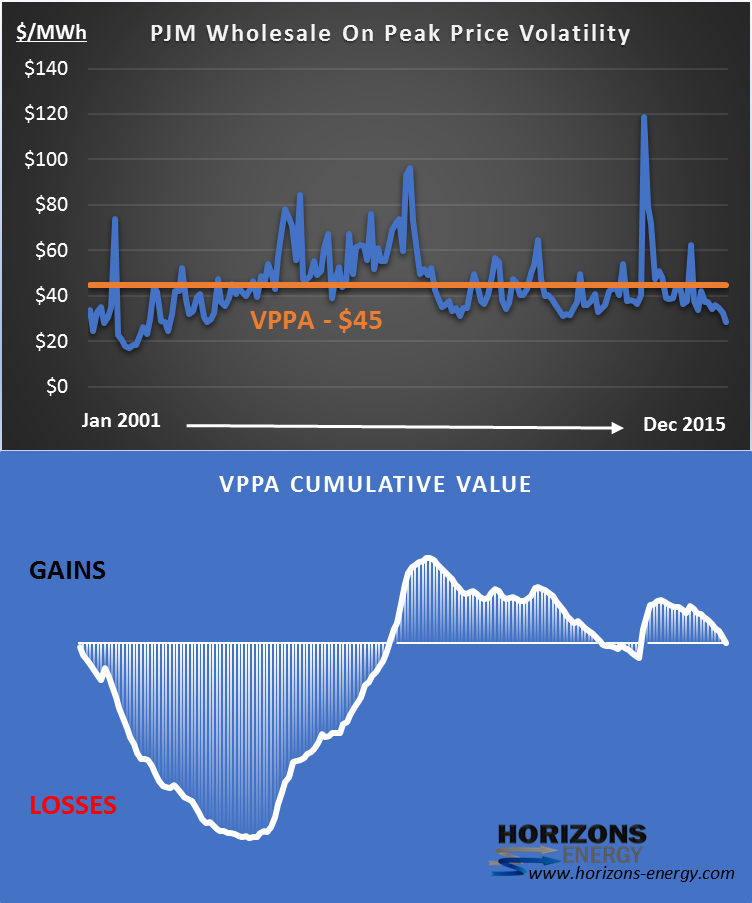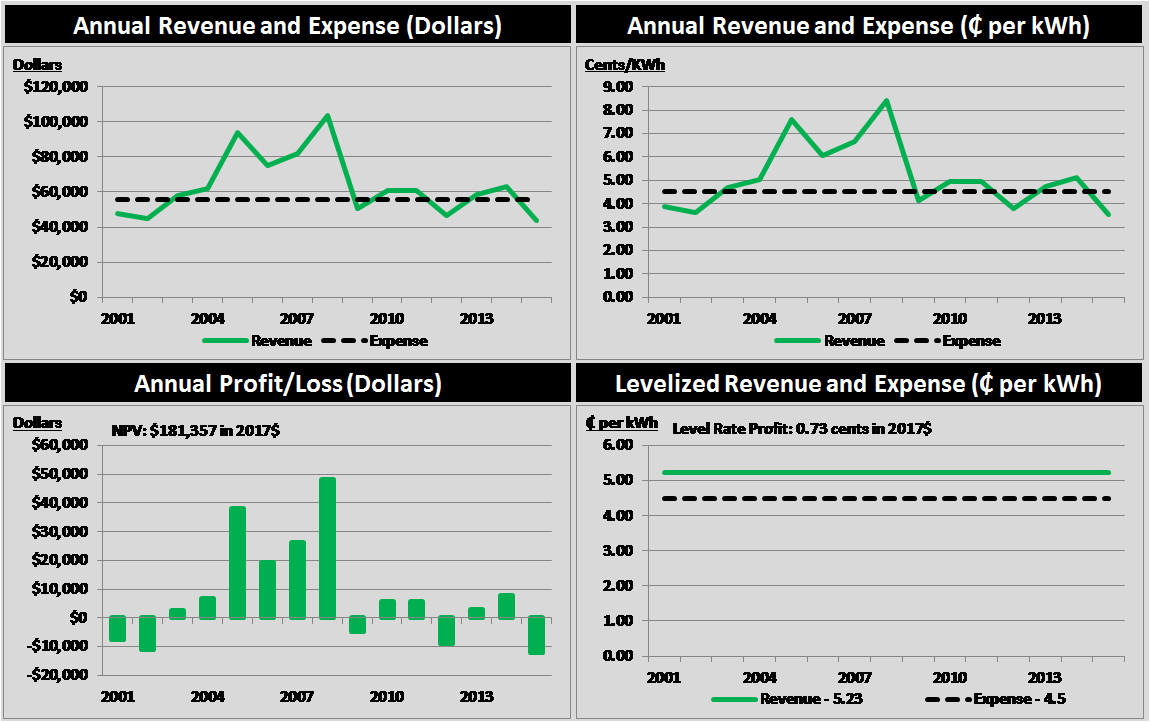Power Prices, Commercial, Industrial, Sourcing Renewables - March 9, 2017 - By Greg Turk
How market dynamics impact PPA, VPPA contracts
Over the past decade, many commercial and industrial customers have proactively committed to "go green" through a variety of means such as purchasing renewable energy credits, green power tariffs, or direct ownership of renewable facilities. Spurred by falling purchase power agreement prices, many corporations have been enticed to enter into long-term contracts, which is generally a traditional PPA contract, or its close cousin, the virtual purchase power agreement.
Last year, SalesForce penned a VPPA in Texas where they take 24 MW from a wind farm as a carbon-free source to offset the power usage from their facility located in the same area. In addition to reducing the carbon footprint of the organization, both the PPA and VPPA possess a number of advantages to the buyer: They provide price stability over the life of the contract and the potential to hedge nonrenewable price uncertainty.
Wholesale market risk: Caution ahead
While possessing substantial advantages, these contracts nevertheless expose the buyer to the risks of the wholesale power market. Specifically, the PPA contract price or VPPA 'strike price' represent a fixed cost per unit of energy produced; meanwhile, the revenue that the organization obtains to offset that fixed cost varies and may be volatile, depending on the dynamics of the larger wholesale electricity market years into the future.
To understand the risks of a long-term VPPA, let's consider a VPPA contract using the 15-year historical PJM market volatility (2001-2015) as shown in the graph below. Further assume the strike price was initially set to $45 in 2001. By the end of 2015, the contract broke even, but along the way it experienced substantial early losses, followed by significant gains, before ultimately reaching a break-even point.
To manage the wild ride of wholesale market prices, savvy investors mark-to-market their portfolio looking for hedging opportunities along the way. But, more importantly, the investors first consider the long-term commodity price and risk of the project before agreeing to a contract price.
 To address these risks, investors, regulators, and credit agencies have used analytic tools for decades to acquire a fundamental understanding of the wholesale market for contract and resource valuation. These organizations research the impacts of changing natural gas, technology, carbon costs and other factors on wholesale electricity prices, describing their 'forward views' of these markets. This framework yields many insights, including the ability of the project to hedge risks, to compare geographic locations of solar and wind facilities, and to provide an ability to compare forward views during negotiations.
To address these risks, investors, regulators, and credit agencies have used analytic tools for decades to acquire a fundamental understanding of the wholesale market for contract and resource valuation. These organizations research the impacts of changing natural gas, technology, carbon costs and other factors on wholesale electricity prices, describing their 'forward views' of these markets. This framework yields many insights, including the ability of the project to hedge risks, to compare geographic locations of solar and wind facilities, and to provide an ability to compare forward views during negotiations.
Ultimately, fundamental analysis aids both the buyer and the seller of a PPA by identifying the long-term underlying value of the asset.
Expertise in wholesale electricity markets: At what cost?
North American wholesale electricity markets, in addition to spanning different geographic regions, are a patchwork of markets, regulatory structures, generation mixes, as well as environmental and renewable portfolio standard requirements, which introduces significant challenges to C&I companies seeking to understand the markets fundamentals which will drive the profitability of their PPA green resources into the future.
Large C&I organizations may have an advantage with some in-house knowledge of the markets. For others, the choice may be to engage consultants to commission a custom study of a given market/location across key futures.
A new way forward: Software as a Service (SaaS)
Fortunately for the new players in the wholesale market, analytic tools have recently been developed which embed analysis of the entire fleet of existing and proposed solar and wind resources across all North American wholesale markets. These SaaS tools evaluate renewable resources against a set of future scenarios representing a highly researched forward view. The tools emphasize both ease-of-use and data transparency to quickly provide indications of levels of exposure to the risks of a given PPA, VPPA, or self-financed project. By leveraging this research across multiple organizations, these tools are offered at a significantly lower cost as compared to consulting engagements.

Whichever means organizations employ, gaining a fundamental understanding of the larger wholesale electricity market provides clarity to a 'fair market' price of contracts, enabling organizations to make smarter energy decisions.
 Greg Turk is an executive consultant and co-founder of Horizons Energy. Working with a variety of participants in North American electricity markets, Horizons Energy provides in-depth market analysis and Software as a Service (SaaS) solutions including Solar Flare$. Greg was previously a Vice President of Consulting and a Market Analytics Product Manager at Ventyx, an ABB Company.
Greg Turk is an executive consultant and co-founder of Horizons Energy. Working with a variety of participants in North American electricity markets, Horizons Energy provides in-depth market analysis and Software as a Service (SaaS) solutions including Solar Flare$. Greg was previously a Vice President of Consulting and a Market Analytics Product Manager at Ventyx, an ABB Company.
Stay Up-To-Date












